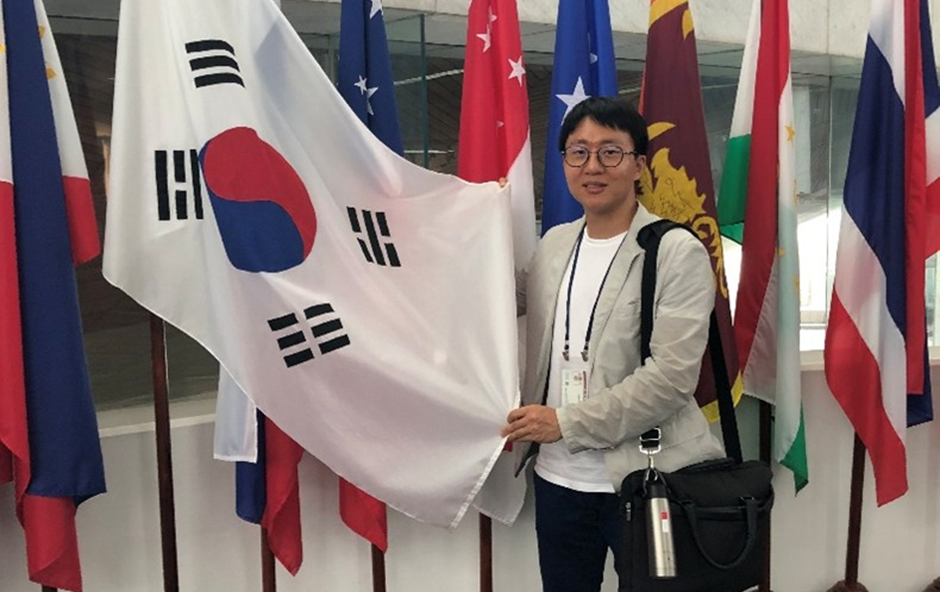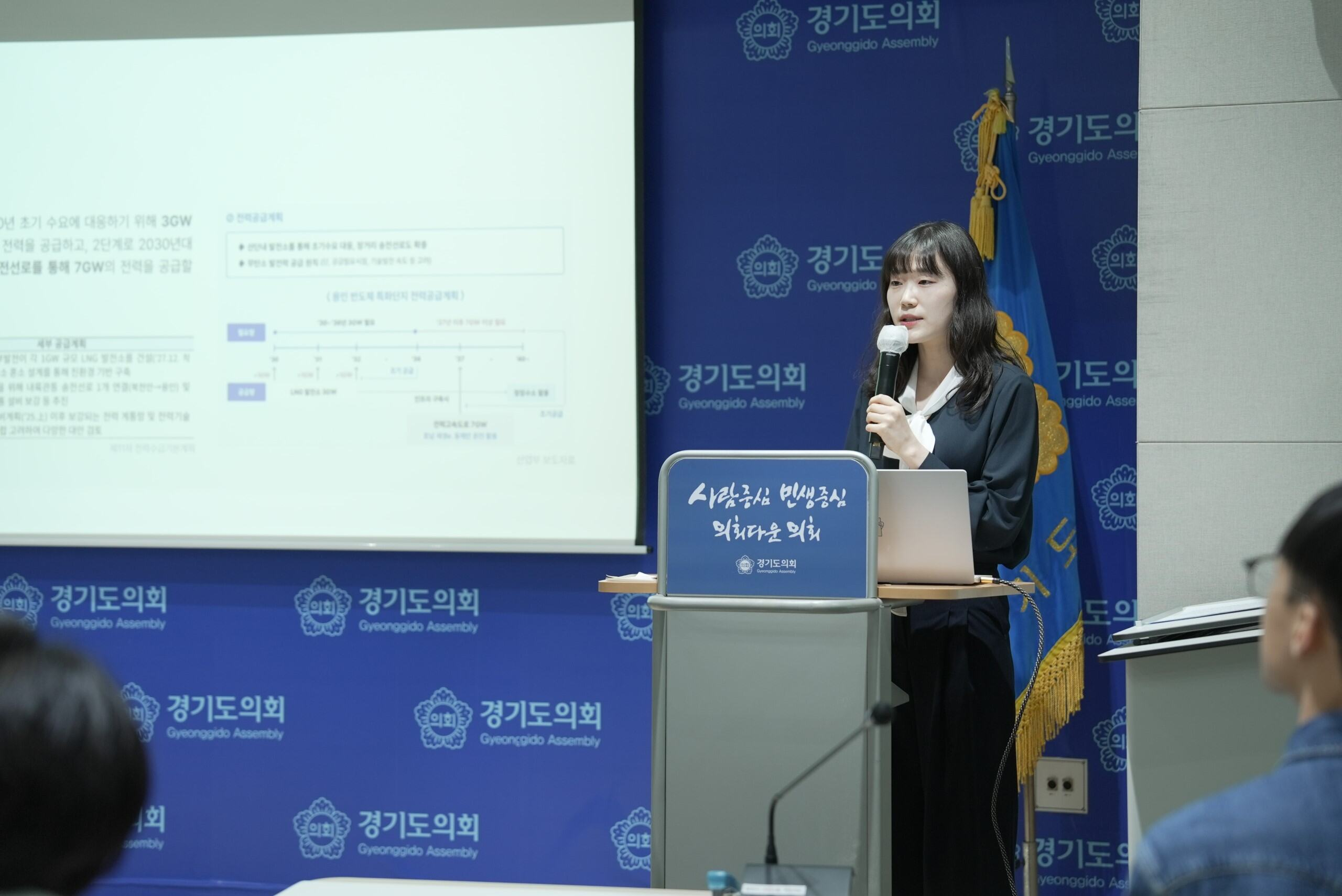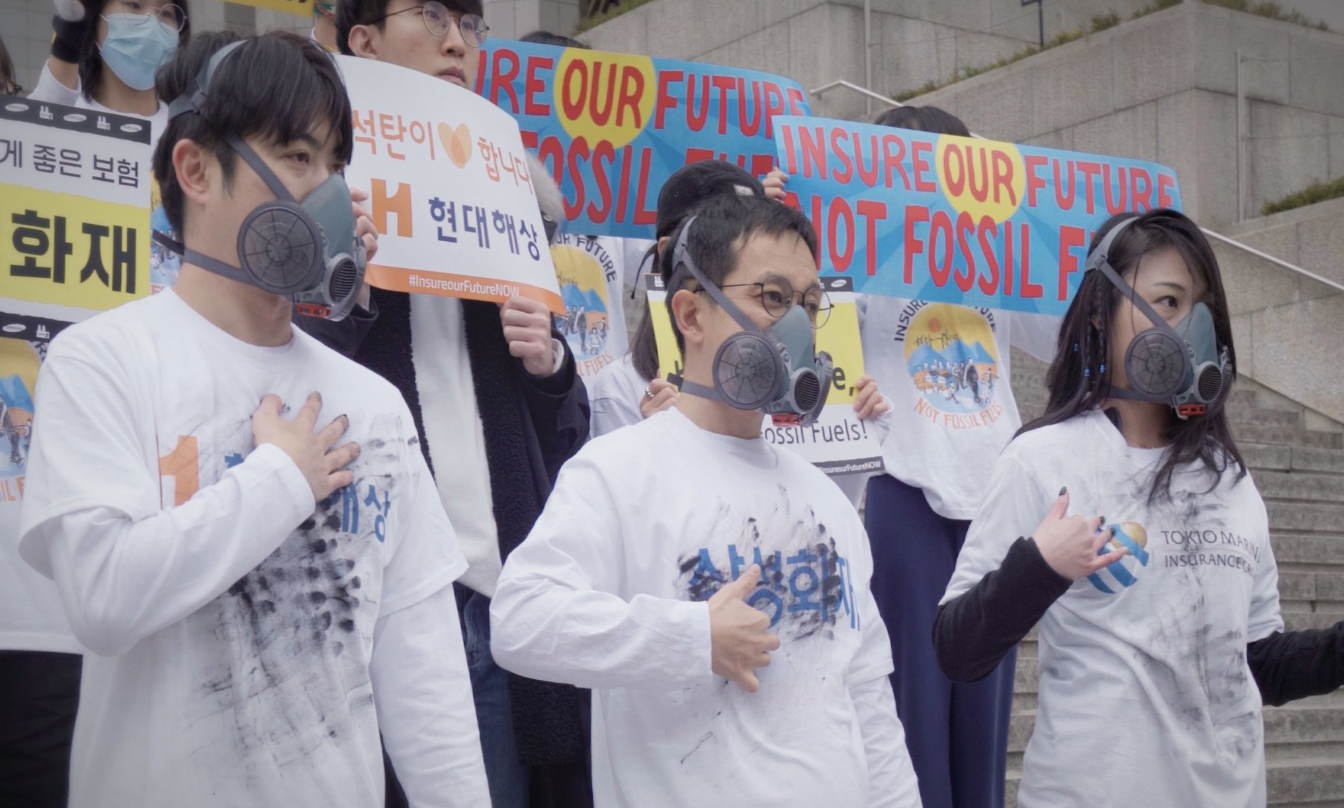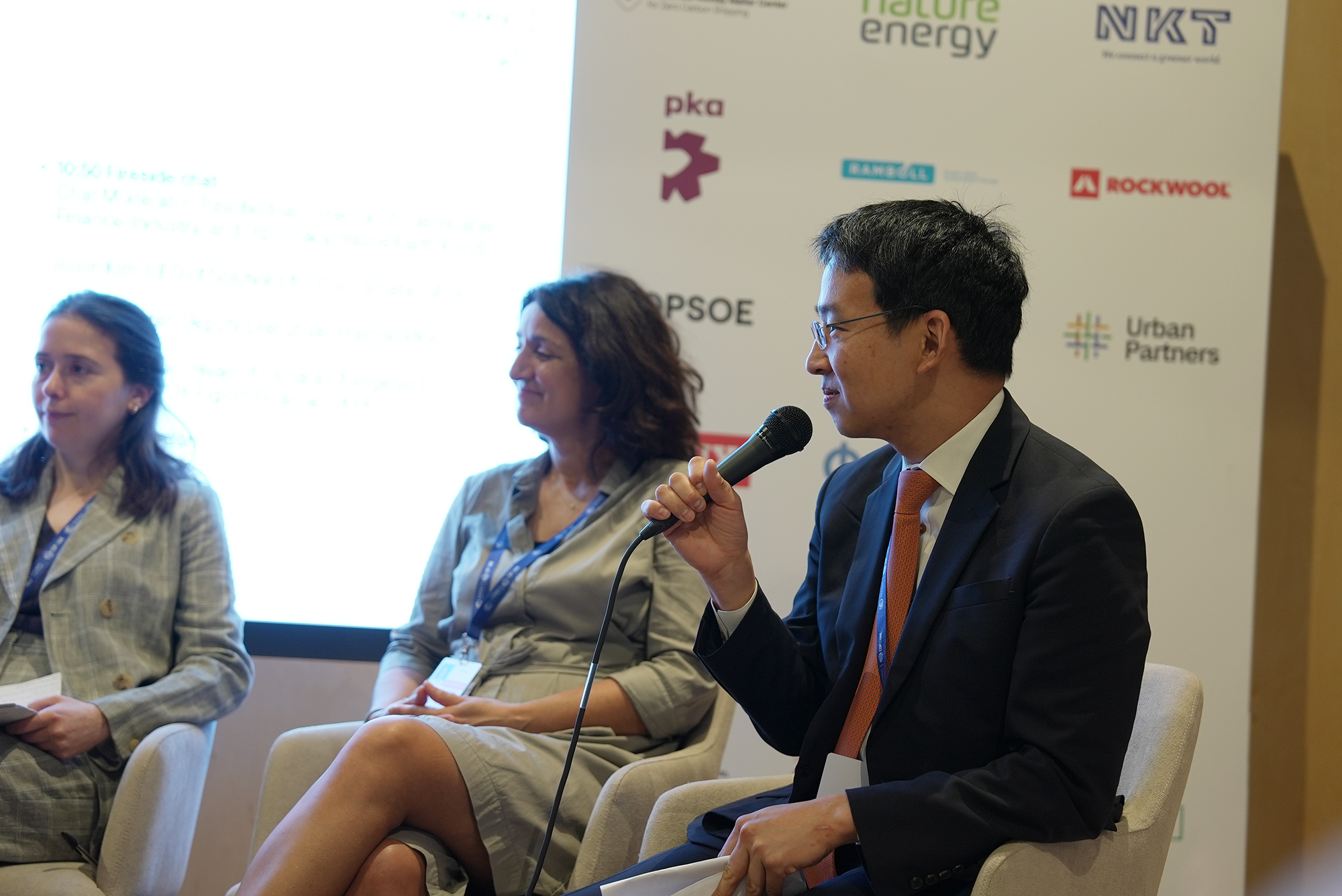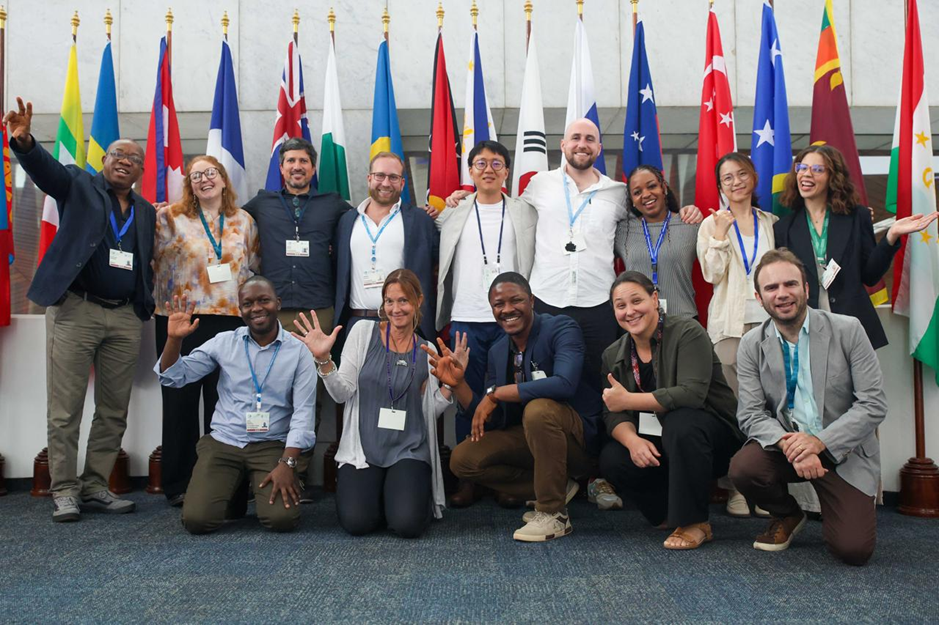
I recently had the privilege of attending the 47th Meeting of the Open-ended Working Group of the Parties (OEWG47) to the Montreal Protocol on Substances that Deplete the Ozone Layer in Bangkok, Thailand from July 7-11, 2025. As SFOC’s HFCs researcher, I also had the honor of presenting on the organization’s behalf at an official side-event that brought together civil society organizations from across the globe: one from Europe and North America, one from South America, two from Africa, and two from Asia. It was a packed event from start to finish.
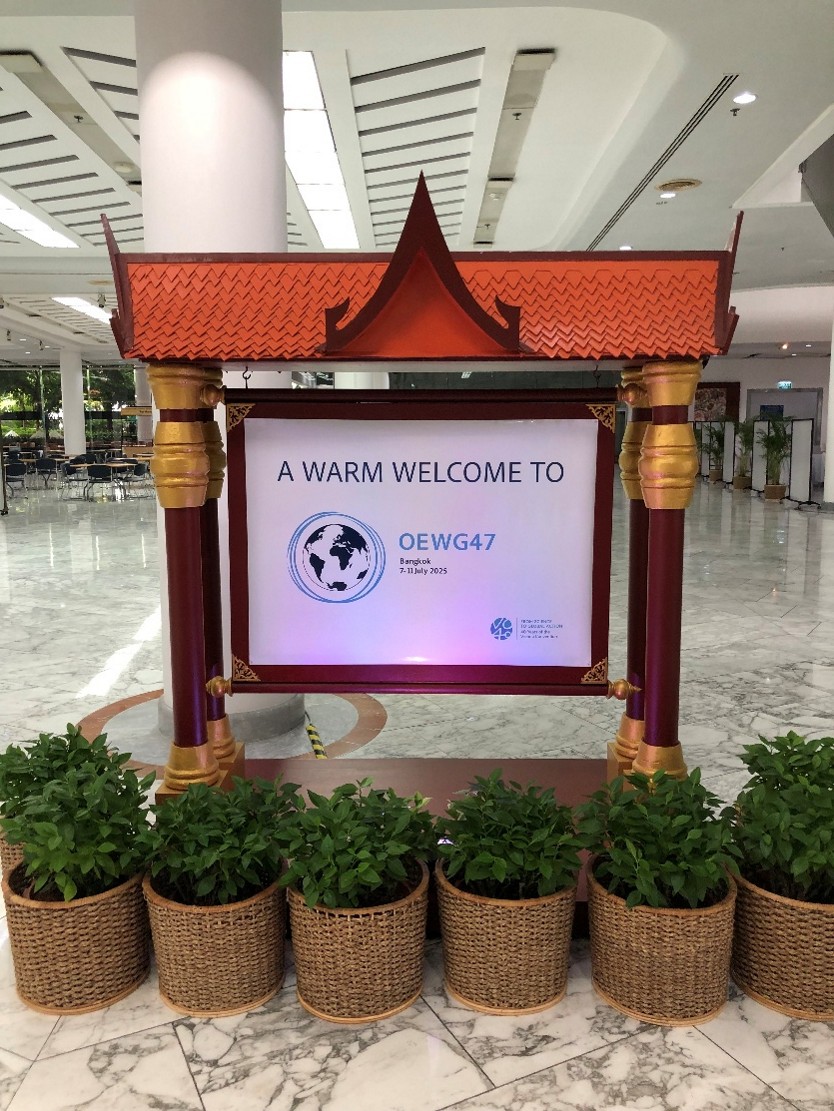
It was my first time attending a multilateral Meeting from pre-conference to closing ceremony. Suffice it to say, it was marked by hours of frantic networking on the margins and a non-stop stream of side events that left me wondering how one person could possibly attend all of them - unless self-replication was a thing. Intuition told me the Meeting itself constituted only part of the picture. Decisions taken and the inevitable compromises made by countries – and by extension, the fate of our natural environment – are the collective results of dialogues and interventions made both formally and informally, inside and outside of official conference rooms, by those for whom environmental protection means more than just doing the bare necessities.
At its best, multilateral dialogue ought to reflect the democratic process that manifests itself from the bottom-up. It was at this OEWG that I understood there has always been, and always will be, an essential role for civil society organizations as the touchstone by which a country’s leadership makes itself felt at a gathering where each country only ever gets one vote.
Think about that for an extra second or two.
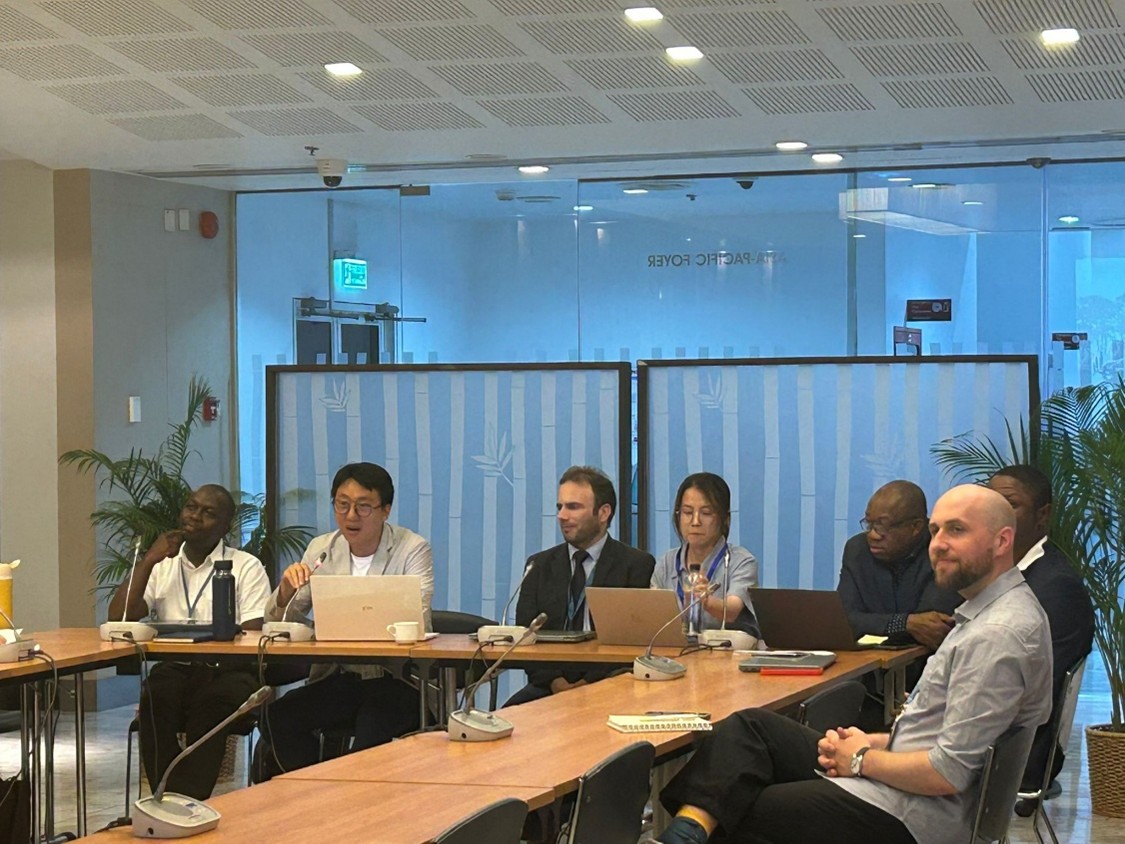
How Ozone Protection turned out to be one of the most effective climate mitigation tools
The Montreal Protocol is widely hailed as not only the world’s “most successful environmental agreement” (see the full list here) but arguably the most successful international agreement, period. Among its achievements include being ratified by every single UN member state, a near-universal compliance rate, effectively phasing out more than 98% of harmful ozone-depleting substances (ODS), thereby putting the Ozone Layer on the path to recovery, and at least USD 1.8 trillion in health benefits - equally distributed across the planet - in the form of avoided cases of skin cancer and cataracts.
What is equally well-known among experts but perhaps less well advertised to the general public (less than it should be, at any rate) is the Montreal Protocol’s stellar and continuing contribution to climate change mitigation. The ozone-depleting substances (ODS) directly controlled under the Montreal Protocol - notably chlorofluorocarbons (CFCs) and hydrochlorofluorocarbons (HCFCs) - are also potent greenhouse gases, with the most common CFC being more than 10,000 times more powerful than CO2 in terms of its ability to warm the planet. According to official figures, the Montreal Protocol helped to avoid an estimated 135 gigatonnes of CO2 equivalent emissions from 1990 to 2010. This number, among others, is five times larger than the annual emissions reduction target for the Kyoto Protocol (the predecessor to the Paris Agreement) from 2008 to 2012.
Imagine if all countries were climate overachievers and reduced five times more GHGs than was necessary for a given year, or alternatively, managed to meet all their GHG reduction obligations for five straight years. Welcome to the world of the Montreal Protocol.
All in all, the Montreal Protocol is on schedule to preempt anywhere between 0.5 to 1°C of additional warming by mid-century. Couple that with the 2016 Kigali Amendment, which added HFCs, a Paris Agreement greenhouse gas, to the list of controlled substances, and we are on track to avoid an extra 0.5°C of warming by 2100.
What is remarkable is that these numbers are actually conservative estimates that do not consider concurrent improvements in energy efficiency and the lifecycle management of HFCs-containing substances that will minimize the amount of these gases escaping into the atmosphere. One Agreement, 1.5 °C of warming avoided—doesn’t sound like a bad deal to me.
A matter of principles: the ingredients of the Montreal Protocol’s success
While opinions vary regarding exactly what contributed to the Protocol’s (or any international agreement) success, some broad “principles” have played an indispensable role. In my mind, the following three (which may have been necessary, but not sufficient conditions for success) stand out:
The Protocol was a foundational example of the precautionary principle in action. In the years leading up to the Protocol’s signing in 1987, there was still little comprehensive, irrefutable scientific evidence proving the use of CFCs was the main cause of ozone layer depletion. Despite this, policymakers came to a consensus that the benefits of taking international action via the Montreal Protocol far outweighed the costs associated with cutting the production of these chemicals.
The precautionary principle states “where there are threats of serious or irreversible damage to the environment, lack of full scientific certainty should not be used a reason for postponing cost-effective measures to prevent environmental degradation” - something to keep in mind. The Protocol’s success upholds this belief that uncertainty in science is no excuse for inaction.
Secondly, the Protocol was designed with the principle of common but differentiated responsibilities in mind. It was notable for its application of special provisions for developing countries, including a “grace period” of 10 years before mandatory compliance with the Protocol’s obligations. Even for the Kigali Amendment—which specified a global phase-down schedule for HFCs—country responsibilities were differentiated both by their economic status and by their location on the map (i.e. countries located in regions with very hot weather received a longer grace period, while countries located in colder regions to the North received less). Developed countries were mandated to take the lead in both cases.
The Protocol also applies the polluter pays principle, which I consider deeply interlinked with the former. It makes the case that the parties responsible for causing pollution must bear the costs of both cleanup and related management activities – including prevention – necessary to ensure the environment is in an acceptable state. This principle became manifest in the Montreal Protocol through the creation of the Multilateral Fund (MLF), through which developed economies contribute to financing the phasedown and replacement of harmful chemicals with sustainable alternatives in developing economies.
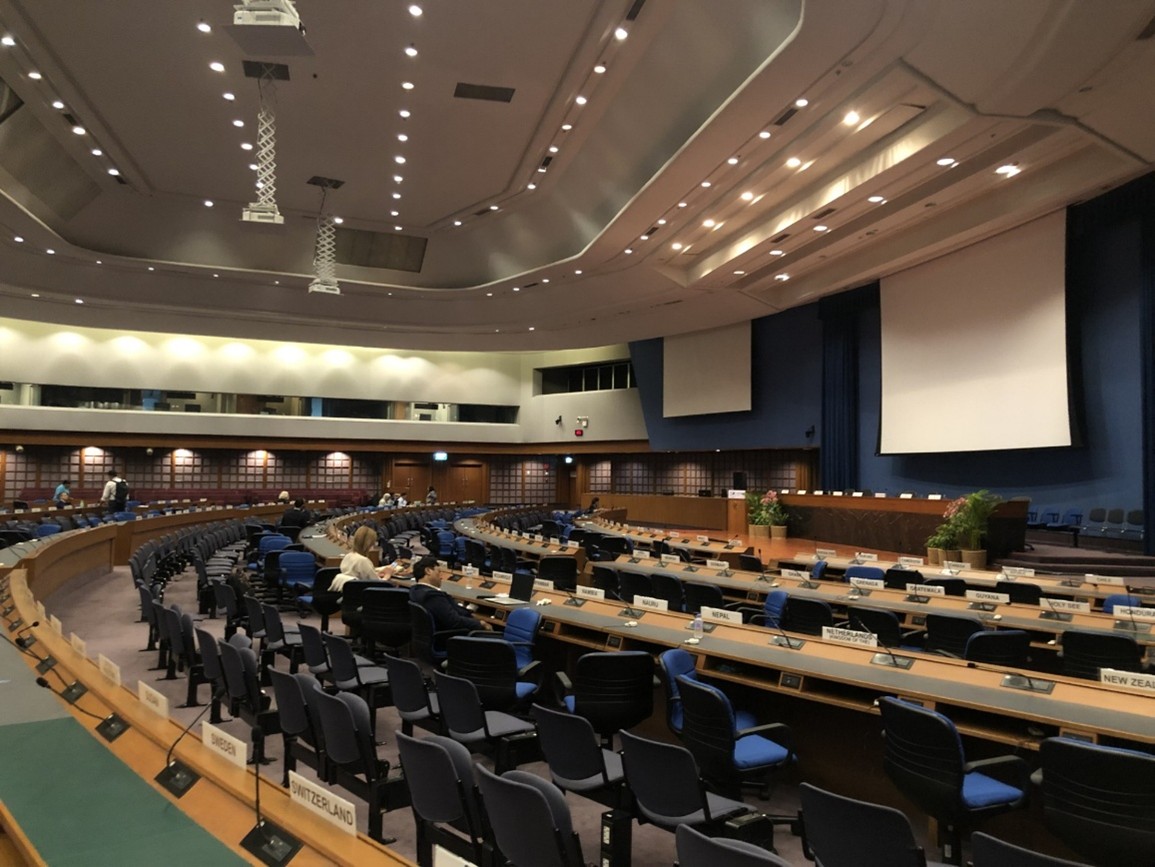
The MOP’s role in supporting COP, and opportunities for South Korean leadership
The Montreal Protocol’s evident success in phasing out ozone-depleting substances, some of which also happened to be potent greenhouse gases, meant it essentially became something of a climate treaty in its own right. The addition of HFCs to the list under the 2016 Kigali Amendment made this fact official, not just in effect, but in substance.
Unfortunately, it seems this fact has yet to be registered in the minds of the South Korean delegation, who failed to show up to the OEWG Meeting and thus lost a precious opportunity to participate in shaping discussions as to how best to implement the HFCs phasedown. This was particularly disappointing, considering the far-reaching consequences for South Korea’s sizable HVAC&R industry, which ranks between #4 and #5 in terms of global exports.
In the future, as the multilateral climate treaty system continues to expand and incorporate new mechanisms to regulate these harmful greenhouse gases, it is my hope that South Korea pays much closer attention to these discussions, which in a sense, take place at the highest level, as a gathering of sovereign states. South Korea can draw insights both to bolster its domestic climate mitigation efforts, as well as move ahead – as its global economic standing suggests it should – to play a leading role in decarbonizing its industries and accelerating the green transition.
Some say multilateralism is on the decline. I saw it, alive, well and kicking, in the Montreal Protocol; and I am convinced of its effectiveness and continued ability to drive our collective progress and bring the planet back on the path to recovery.
You should be too.
Onward we trudge.
